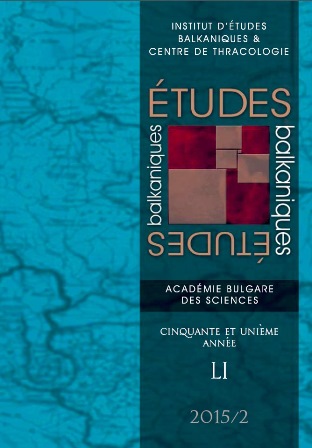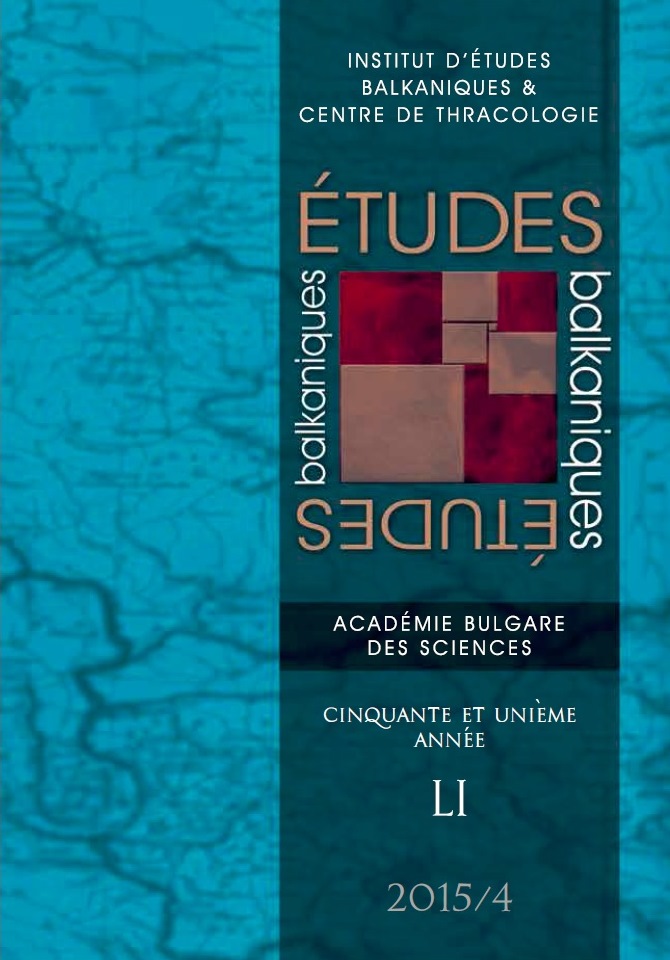Author(s): Robert Jolić / Language(s): Croatian
Issue: 1/2015
It has long been known that registers provide exceptional data related to demographic trends and changes in the specific area they cover. An increasing number of people, both professionals and amateurs, use them not only for the purpose of drafting family trees, but also to reconstruct the overall life processes of a place or a parish. The same applies to Herzegovina, although there is still plenty of work to do.In this paper, the author demonstrates the value of data hidden in the registers related to a very specific and selected topic: infectious diseases in the west-Herzegovinian territory during the Ottoman rule. Unfortunately, not all registers from this period have been preserved, moreover only few of them were saved, which makes the data incomplete and insufficient. However, combined with other sources, primarily lists of Catholic population from this period and records of contemporary (Franciscan) annals, there can be found extremely valuable and up to now completely unknown data.The author gives a particularly detailed analysis of great plague that affected a large part of Europe in 1814, including the area of Herzegovina. In two years the plague killed millions in Europe and halved the Catholic population in Bosnia and Herzegovina. For other religious communities the situation was even worse, but there were no details due to the fact that their registers did not exist. However, it is completely clear that the effects of the plague in Herzegovina were not nearly as devastating as in Bosnia, and some parishes indeed remained spared from it, especially Ruzici and Posusje. The worst situation was in the parish of Brotnjo that lost half of its population, which was in line with the total BH average.Apart from plague, the paper, based almost exclusively on preserved registers, analyzes the other infectious diseases, especially cholera and smallpox, and to a lesser extent, measles and dysentery.Only exceptionally high birth rate at the time saved the Catholics from complete extinction. Constant pressure of unbearable persecution and levies from the Turkish authorities and tyrants, regularly on the brink of starvation, with today unimaginable infant mortality rate of probably 50 %, and from time to time subjected to devastating plague and other contagious diseases, they managed to resist only giving birth to offspring. The number of Catholics in the early 18th century had dropped to only 20 thousand, in the early 19th century it rose to almost 120,000, and then the plague between 1814 and 1818, again halved and reduced that number to 50,000. Since then, the population has been constantly growing, despite World War I and what was called Spanish fever, an unprecedented infectious disease that ensued at the end of the war, despite the huge losses in manpower during World War II, and especially after the war, and despite the ongoing migrations which started in the 60s of the 20th century reaching thus its historical peak. Finally, in the Homeland war numerous Catholic Croats were expelled from their homes, particularly in Bosnian Posavina and Krajina and the number again halved in comparison to the 70s or 80s of the 20th century. It is hard to imagine that the number of Catholics will in the near future recover again, as it normally happened in previous centuries. The reason: there is no such birth rate that has been in the previous centuries the strongest bulwark against extinction.
More...















